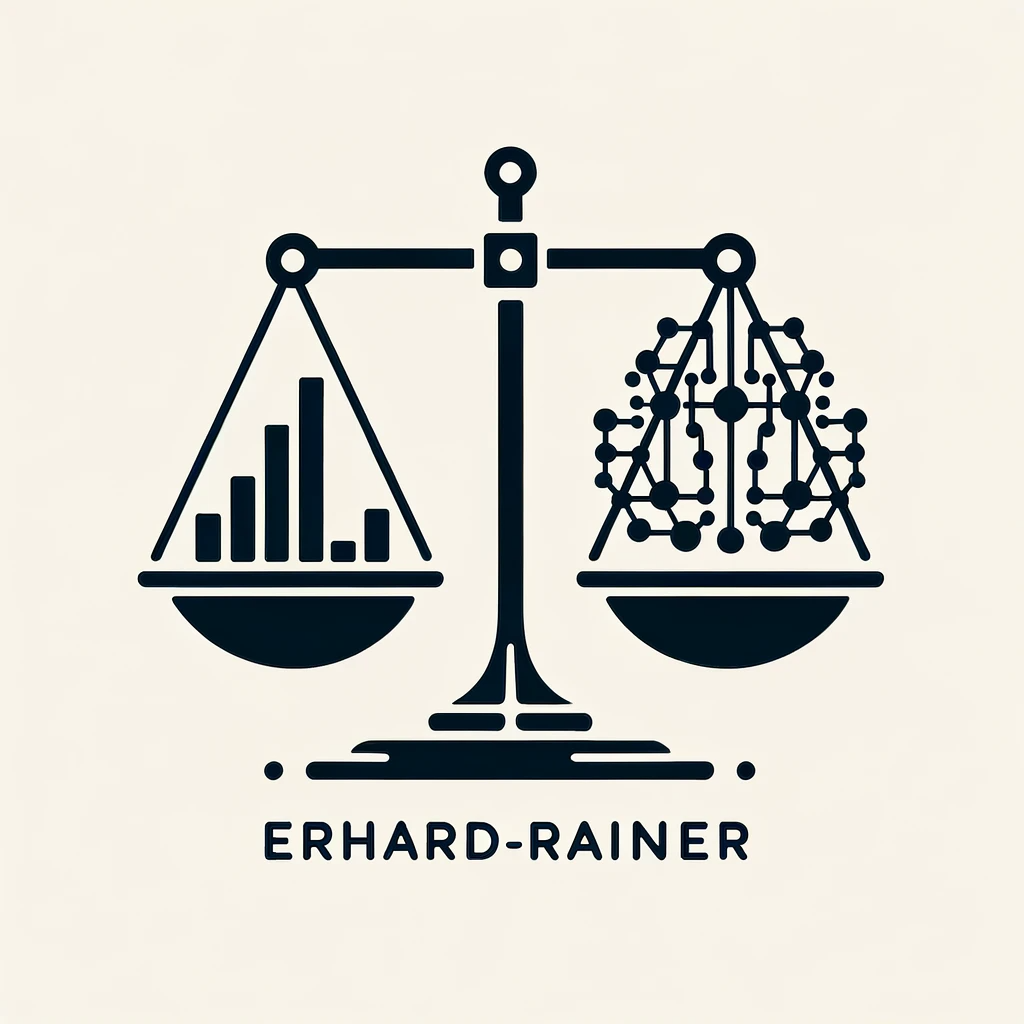Gradient-Regulated Meta-Prompt Learning for Generalizable Vision-Language Models
- Version
- Download 3058
- File Size 1.45 MB
- File Count 1
- Create Date 2023-11-27
- Last Updated 2023-11-27
Gradient-Regulated Meta-Prompt Learning for Generalizable Vision-Language Models
Titel: Gradient-Regulated Meta-Prompt Learning for Generalizable Vision-Language Models
Autors: Li, Juncheng ; Gao, Minghe ; Wei, Longhui ; Tang, Siliang ; Zhang, Wenqiao ; Li, Mengze ; Ji, Wei ; Tian, Qi ; Chua, Tat-Seng ; Zhuang, Yueting
Abstract:
Prompt tuning, a recently emerging paradigm, enables the powerful vision-language pre-training models to adapt to downstream tasks in a parameter -- and data -- efficient way, by learning the ``soft prompts'' to condition frozen pre-training models. Though effective, it is particularly problematic in the few-shot scenario, where prompt tuning performance is sensitive to the initialization and requires a time-consuming process to find a good initialization, thus restricting the fast adaptation ability of the pre-training models. In addition, prompt tuning could undermine the generalizability of the pre-training models, because the learnable prompt tokens are easy to overfit to the limited training samples. To address these issues, we introduce a novel Gradient-RegulAted Meta-prompt learning (GRAM) framework that jointly meta-learns an efficient soft prompt initialization for better adaptation and a lightweight gradient regulating function for strong cross-domain generalizability in a meta-learning paradigm using only the unlabeled image-text pre-training data. Rather than designing a specific prompt tuning method, our GRAM can be easily incorporated into various prompt tuning methods in a model-agnostic way, and comprehensive experiments show that GRAM brings about consistent improvement for them in several settings (i.e., few-shot learning, cross-domain generalization, cross-dataset generalization, etc.) over 11 datasets. Further, experiments show that GRAM enables the orthogonal methods of textual and visual prompt tuning to work in a mutually-enhanced way, offering better generalizability beyond the uni-modal prompt tuning methods.
Attached Files
| File | Action |
|---|---|
| 2303.06571.pdf | Download |
